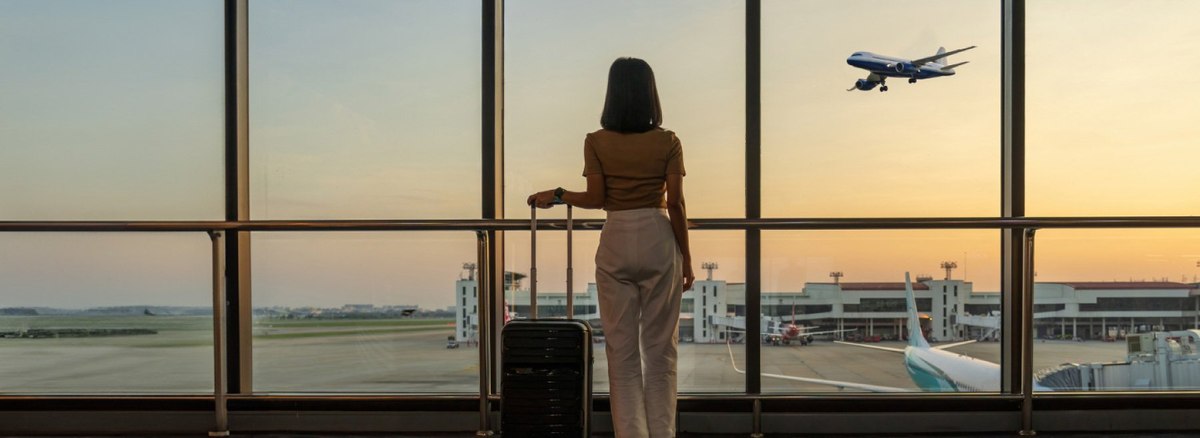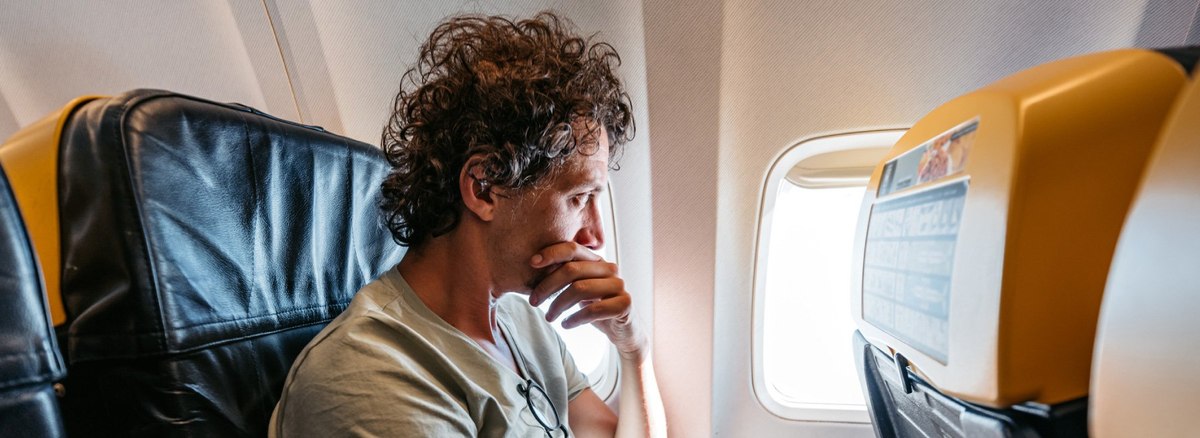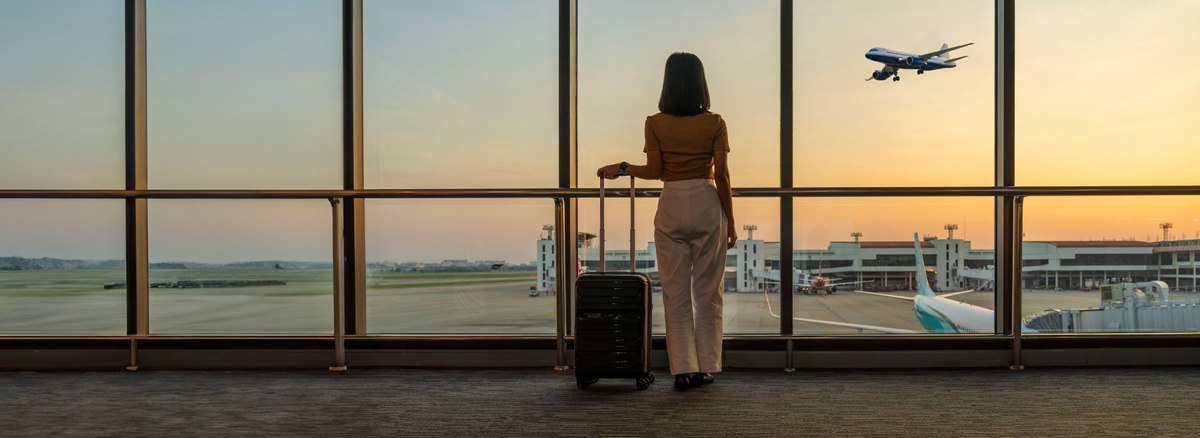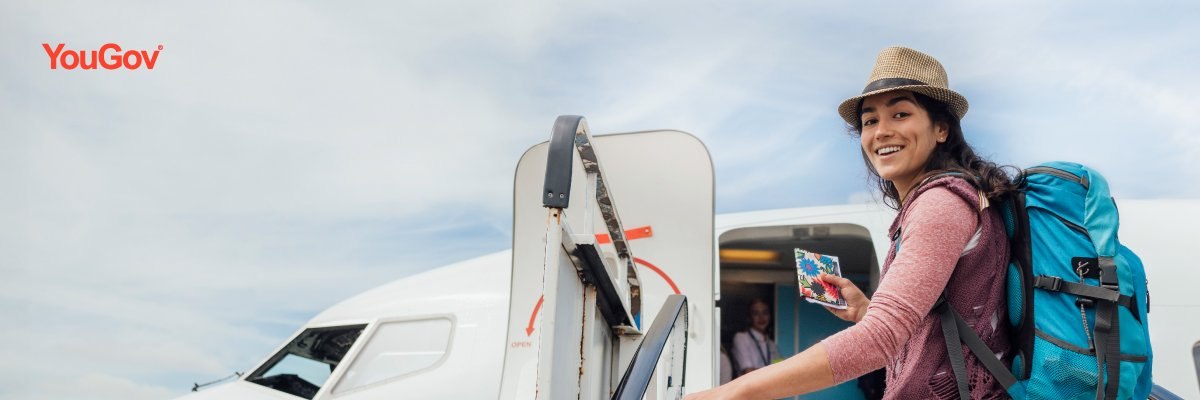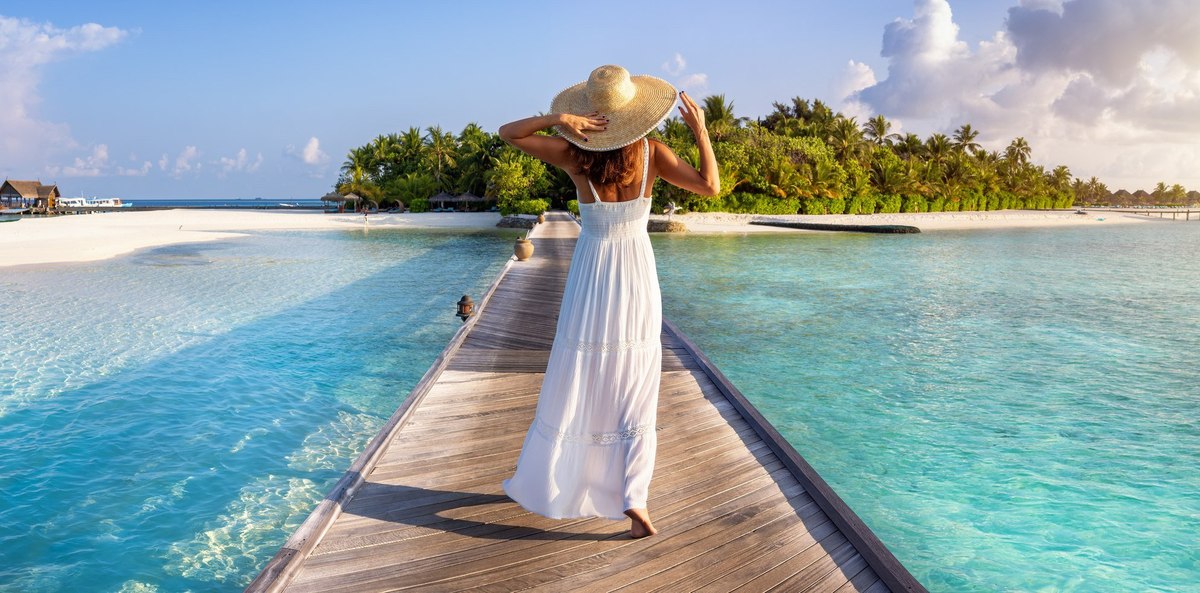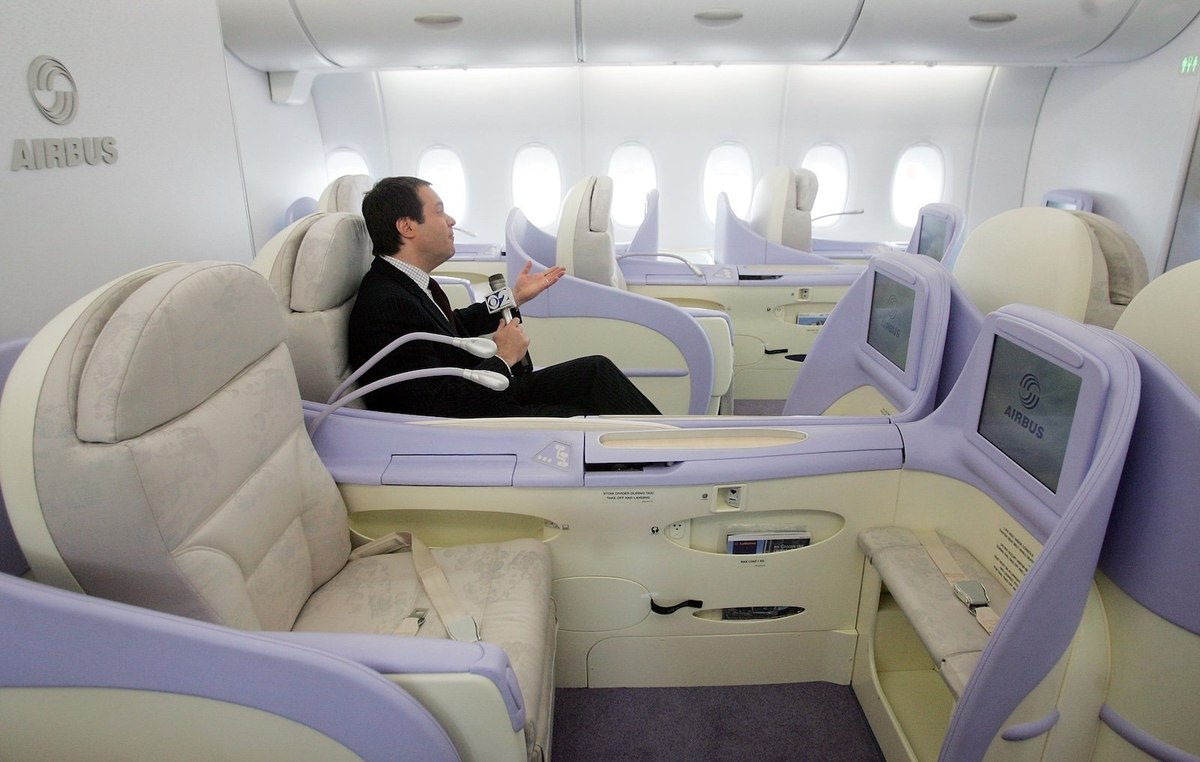
Who’s in the front of the plane? First-class demographics, travel preferences, and favorite airlines
The seats in the first-class cabin are bigger, the food is better, and the tickets are pricier. But who’s sitting in the expensive seats? First-class fliers have a distinct demographic profile and set of travel preferences. They also don’t choose the same airlines or destinations as those who fly in other flight classes. Data from YouGov Profiles shows how the folks in the front of the plane differ from the folks in the rest of the cabin.
Who’s sitting in the front of the plane?
To understand America’s first-class fliers, we compared them to those who’ve flown, but who have not flown first-class. First-class fliers are more likely to be male than other fliers (67% vs. 52%) and more likely to be Millennials (38% vs. 31%). Unsurprisingly, they’re also much more likely to have a higher income, defined as at least 200% of the median income.
First-class fliers are more likely to come from the West (33% vs. 26%), and less likely to come from the Midwest (16% vs. 20%) or the Northeast (15% vs. 20%). They’re also disproportionately from California (20% vs. 11%).
When it comes to family, those in the front of the cabin are more likely to be married (55% vs. 50%), more likely to be parents to children under 18 (38% vs. 27%). There’s also a nuanced distinction in sexual orientation. While both groups are nearly equally likely to have some LGBTQ+ identity, first-class passengers are more likely to be gay men than others on the plane (5% vs. 3%), but much less likely to be lesbians (1% vs. 2%) or bisexuals (3% vs. 5%). To break it down in slightly different terms, 8% of gay men have booked a first-class flight in the past 12 months compared to 4% of all heterosexuals, 2% of lesbians and 3% of bisexuals.
First-class fliers are also distinct in having strong views about the environment and sustainability. YouGov has created a five-level consumer segmentation based on concern for sustainability. One the one hand, first-class fliers are more likely than others to fall into the “Planet Protector” category, the most-environmentally-concerned segment of the population. However, they are also much more likely to be “Green Rejecters”, a group characterized by skepticism about climate change and negative views on environmental sustainability. Airlines that wish to court luxury fliers must tread carefully with their environmental messaging.
Travel preferences of first-class fliers: nightlife, good weather, and in-person booking
In addition to buying pricier tickets, first-class fliers tend to fly more frequently, with 22% travelling for leisure four or more times per year compared to 14% of other fliers. They’re also more likely to plan their leisure trips well in advance (27% vs. 21%). While half of those who fly first-class book tickets online via website, they’re also more likely than other fliers to visit a travel agent to buy tickets (21% vs. 9%) or to book directly by phone (23% vs. 12%).
They also are travelling for slightly different reasons. First-class fliers were much more likely to have chosen their last vacation destination based on the nightlife (28% vs. 16%)), the temperature (44% vs. 36%), or activities (32% vs. 25%). There were less influenced by low cost (24% vs. 34%). When travelling, they’re also less likely to engage in sightseeing (58% vs. 79%), outdoor activities (54% vs. 59%) or cultural experiences (54% vs. 58%) than those who fly in other flight classes.
Which airlines do first-class fliers prefer? (It’s not Southwest)
When it is time to book a ticket, first-class passengers turn first to Delta, American and United. Interestingly, among all Americans taken together, Southwest has the highest Purchase Intent of any airline. However, perhaps because of its single-cabin configuration, Southwest does not appeal to many first-class fliers.
California is for first-class, Florida is for economy
First-class fliers also tend to visit a slightly different set of destinations than those in the economy cabin. The following chart shows the top ten destinations for first-class fliers of those tracked by YouGov DestinationIndex.
Within the US, first-class fliers are more likely than non-first-class fliers to visit California (11% vs 8%) and Hawaii (8% vs. 3%) but much less likely to visit Florida (11% vs 17%). When it comes to international travel, first-class fliers are likelier to fly across the globe to the South Asian Republic of the Maldives (4%) than to visit Canada (3%) or Mexico (4%).
Methodology: YouGov Profiles is based on continuously collected data and rolling surveys, rather than from a single limited questionnaire. Profiles data for the US is nationally representative of the online population and weighted by age, gender, education, region, and race. Learn more about Profiles.








